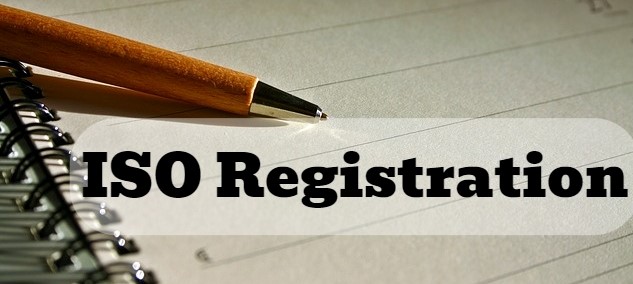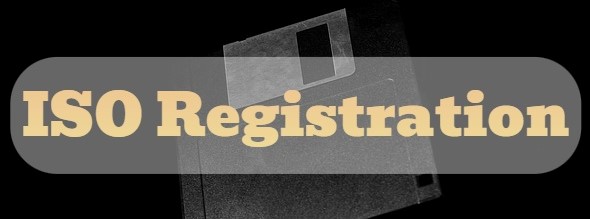
ISO REGISTRATION
International standard organization for standards (ISO) is an independent international organization which develops ISO standards such as ISO 9001 and ISO 31000 in advancement of international trade. It was formed in 1947 as an organization to foster international industrial and commercial standards. Around 162 countries are members of ISO and have been laying down standards for international trade and facilitate world trade by providing common standards for all the countries.
ISO certification makes sure that the products or services provided are up to the standards and quality. ISO is an independent and nongovernmental organization providing standards for quality, efficiency and safety of goods and services of an organization. The ISO certificate certifies the organization’s quality management systems.
The main aim of getting ISO certification is to advance the improvement of standardization in the technology of an organization. There are other various objectives of ISO some of which are, increase the quality and productivity of the organization, making organization hub for profitable opportunities, customer and employee satisfaction, and best quality products and services.
